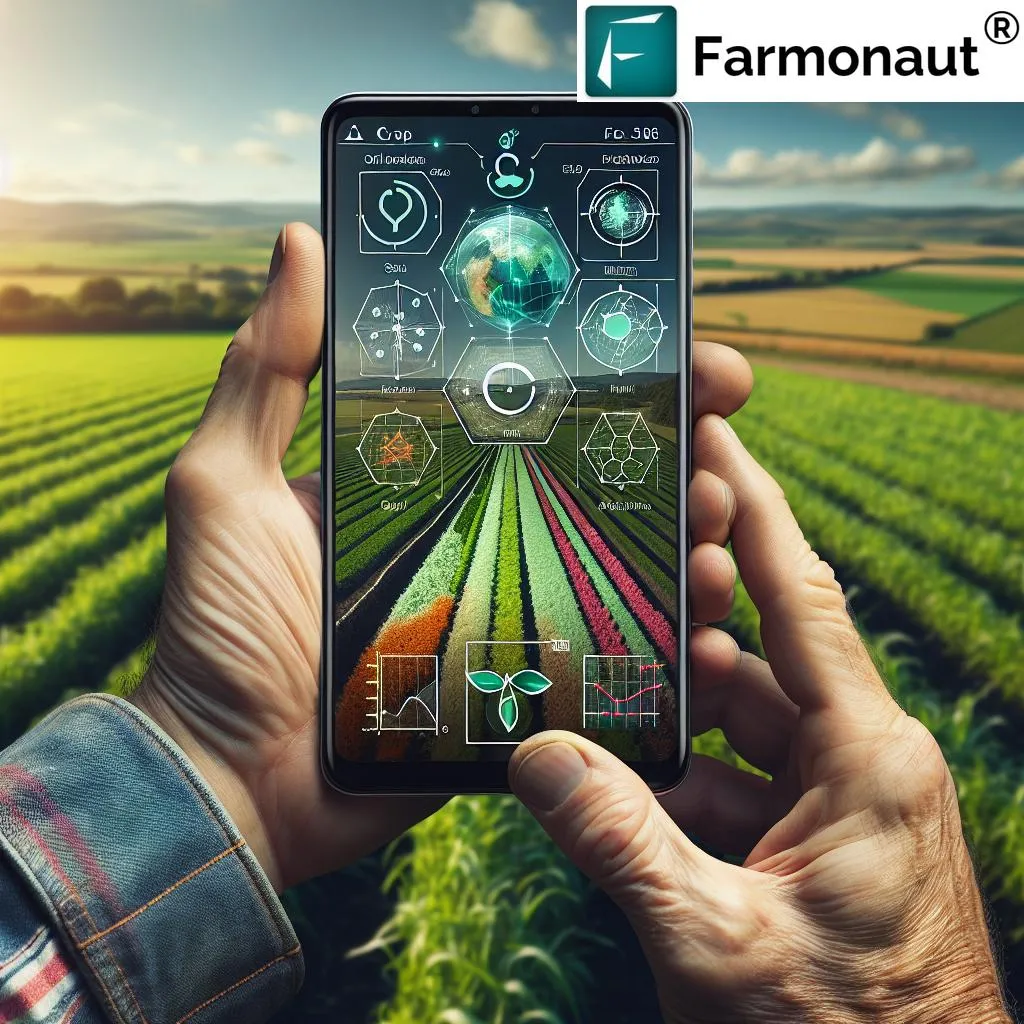Precision agriculture is entering a new era, driven by the fusion of satellite technology, machine learning, and on-the-ground data. A recent study led by researchers including Torney et al., published in *Discovery Agriculture*, demonstrates how integrating Sentinel-2 satellite timeseries data with crop phenology and proximal soil sensing can refine agricultural management zoning—an approach that may soon become a cornerstone of modern farming.
At the heart of this research is the European Space Agency’s Sentinel-2 satellite constellation, which provides high-resolution optical imagery of Earth’s surface. Unlike traditional farming methods that rely on broad assumptions, this study leverages timeseries data captured across multiple growth stages, allowing farmers to detect subtle variations in crop health, soil conditions, and environmental factors. By analyzing these patterns, growers can move beyond one-size-fits-all strategies, instead tailoring interventions like irrigation, fertilization, and pest control to specific zones within their fields.
Crop phenology—the study of seasonal biological cycles in plants—plays a crucial role in this approach. Different growth stages demand distinct management practices, and by aligning satellite observations with phenological data, farmers gain a clearer understanding of when and where to act. For instance, detecting early signs of nutrient deficiency or water stress enables timely corrections, reducing waste while boosting yields. This level of precision contrasts sharply with conventional methods, where decisions are often based on intuition or outdated field averages.
The study further enhances its methodology by incorporating proximal soil sensing, which measures key soil properties such as pH, moisture, and nutrient levels in real time. When combined with satellite and phenological data, this creates a comprehensive profile of field conditions. Farmers can then divide their land into management zones, each receiving customized care based on its unique characteristics. The result is not just higher productivity but also greater sustainability, as inputs are used more efficiently, minimizing environmental impact.
Machine learning serves as the backbone of this system, processing vast datasets to generate actionable insights. Historical and real-time data feed into algorithms that predict crop responses to different management strategies, allowing for adaptive decision-making. This capability is particularly valuable in an era of climate uncertainty, where farmers must contend with shifting weather patterns, extreme events, and evolving pest pressures. By anticipating challenges and adjusting practices accordingly, growers can build resilience into their operations.
Beyond individual farms, the implications of this research extend to global food security. With the world’s population expected to reach nearly 10 billion by 2050, agricultural systems must become more efficient without expanding into fragile ecosystems. Precision zoning offers a pathway to meet this demand by maximizing output from existing arable land while reducing resource waste. Moreover, as satellite and sensing technologies become more accessible, smallholder farmers—who produce a significant portion of the world’s food—could also benefit, narrowing the productivity gap between large-scale and subsistence operations.
Yet, the transition to data-driven farming is not without challenges. Adoption hinges on farmers’ ability to access and interpret complex technologies, necessitating investment in training and infrastructure. Policymakers and agritech companies must collaborate to ensure that these tools are not only available but also practical for diverse farming contexts. Additionally, questions around data ownership and privacy will need addressing, as farmers increasingly rely on external data sources to guide their decisions.
The study by Torney and colleagues underscores a broader shift in agriculture—one where technology and tradition intersect to create smarter, more sustainable systems. As climate change and resource constraints intensify, the ability to make precise, informed decisions will define the future of farming. This research provides a blueprint for how satellite data, soil science, and machine learning can work in tandem to meet the challenges ahead, offering a glimpse into an era where every acre is managed with unprecedented accuracy.

